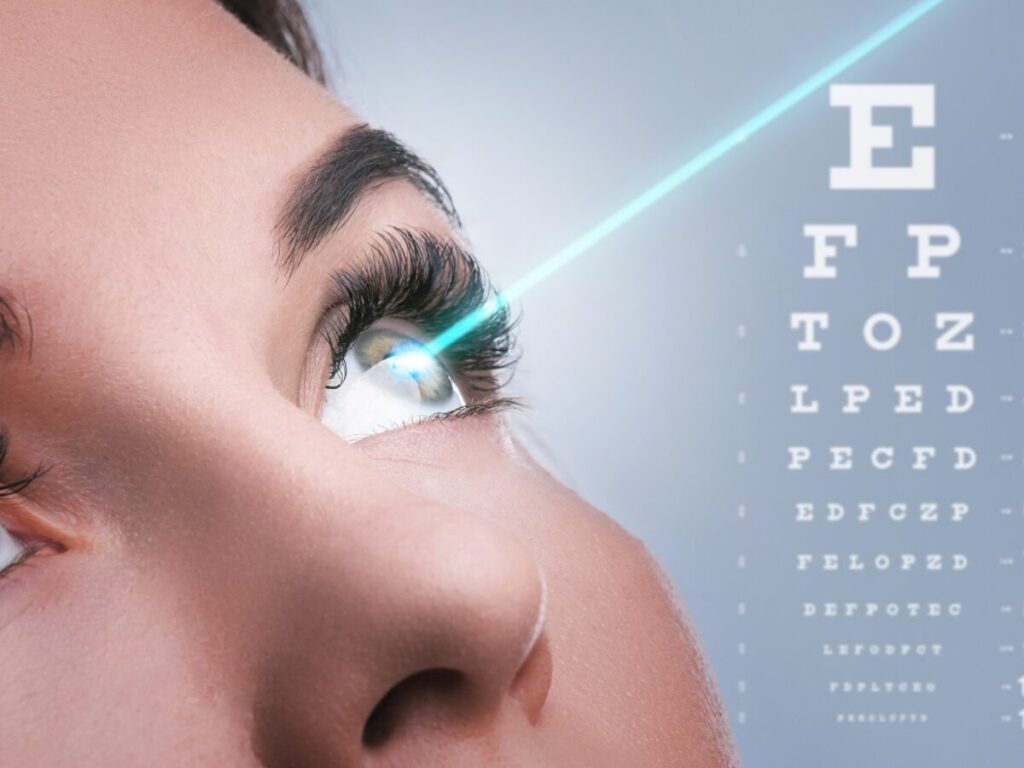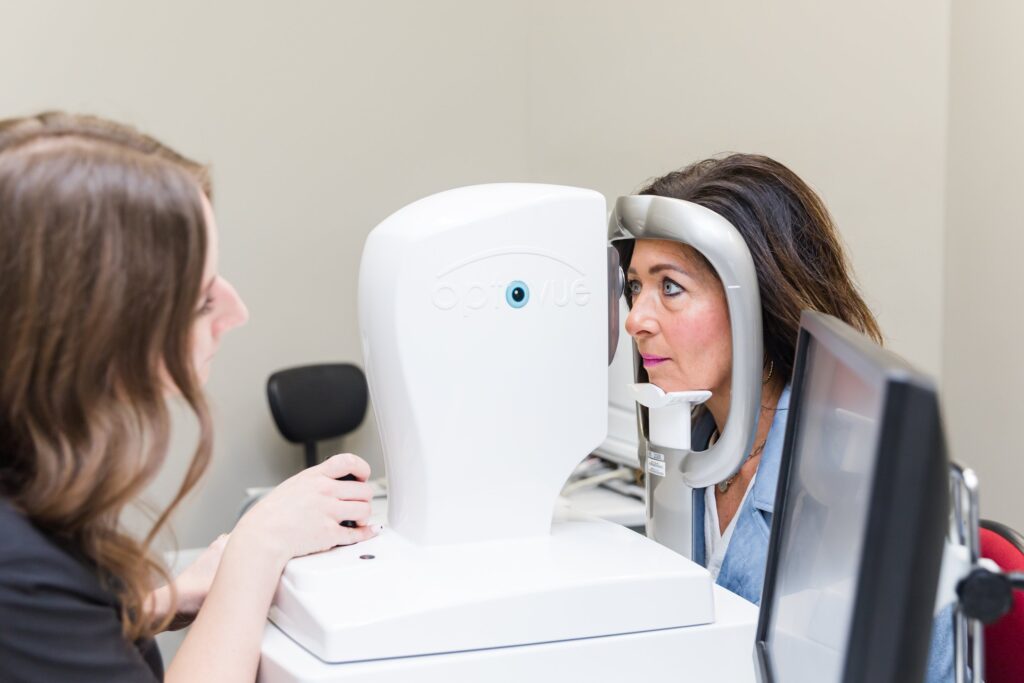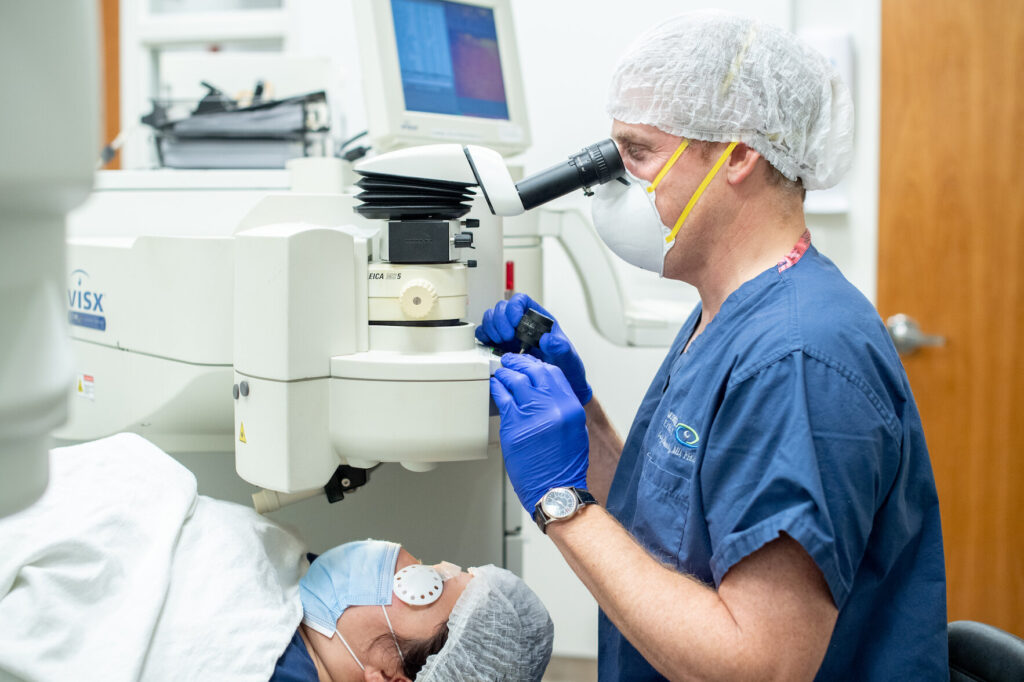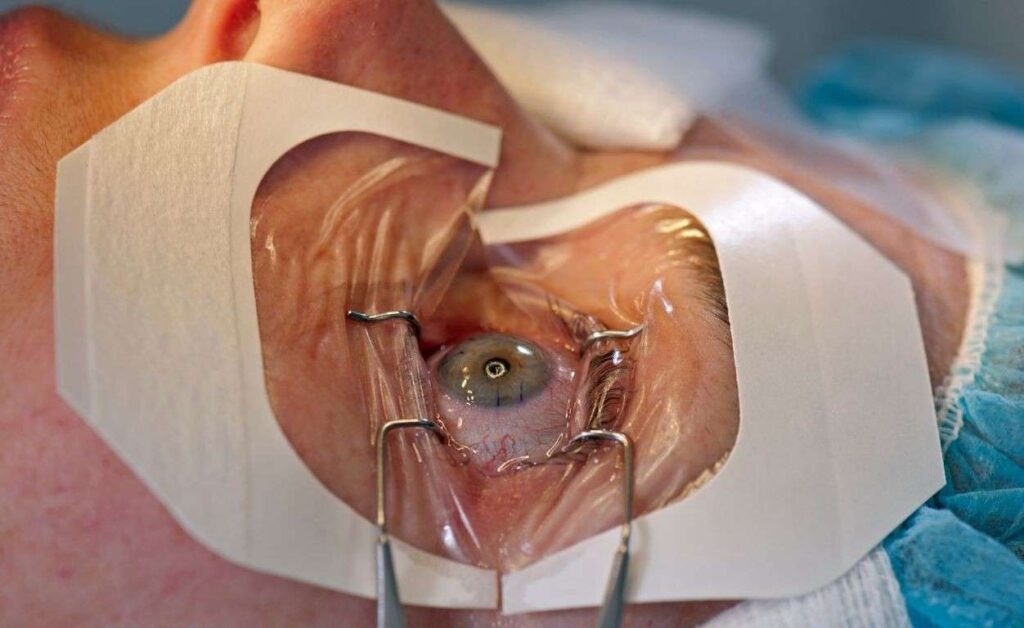For many individuals suffering from refractive errors such as myopia, hyperopia, or astigmatism, the thought of achieving clear vision without glasses or contact lenses can seem like a distant dream. LASIK eye surgery has emerged as a revolutionary solution that can transform this dream into a reality. In this article, we will explore the intricacies of LASIK, its benefits, and whether it might be the right choice for you.
Understanding the Basics of LASIK Eye Surgery
LASIK, which stands for Laser-Assisted In Situ Keratomileusis, is a popular refractive surgery that aims to correct vision by reshaping the cornea—the clear front part of the eye. By utilizing advanced laser technology, lasik eye can significantly reduce dependency on corrective eyewear. This innovative procedure has transformed the lives of millions, allowing individuals to engage in daily activities without the hassle of glasses or contact lenses.

The Science Behind LASIK
The process involves the use of two main types of lasers: an excimer laser and a femtosecond laser. The excimer laser reshapes the cornea by removing microscopic layers of tissue, correcting the way light rays enter the eye. This precise reshaping enables clearer vision by allowing light to focus more directly on the retina. The femtosecond laser, on the other hand, is responsible for creating the corneal flap with exceptional accuracy, minimizing the risk of complications and enhancing the overall safety of the procedure.
Before the procedure, a thorough evaluation of the eye’s anatomy is conducted, including corneal thickness and curvature. This assessment helps to determine the most suitable approach for each individual, ensuring higher chances of a successful outcome. Additionally, patients are screened for any underlying conditions, such as dry eye syndrome or other ocular diseases, which could affect the healing process or the final results of the surgery.
The LASIK Procedure: A Step-by-Step Guide
The LASIK procedure is typically completed within 30 minutes to an hour, with most of that time spent on pre-operative preparations. Here’s what to expect:
Preparation: After numbing eye drops are applied, the surgeon may use a device to keep your eyelids open.
Flap Creation: The femtosecond laser creates a thin flap in the cornea, which is then gently lifted to access the underlying tissue.
Reshaping the Cornea: The excimer laser is employed to reshape the cornea according to the specific refractive error.
Flap Replacement: Once the cornea is reshaped, the flap is repositioned and will naturally adhere without stitches.
Recovery: Patients can expect a brief period of rest, after which they will have a follow-up appointment to monitor healing.
Overall, the procedure is quick, and many patients report immediate improvements in vision. Post-operative care is crucial, as patients are often prescribed anti-inflammatory and antibiotic eye drops to prevent infection and promote healing. Most individuals can return to their normal activities within a day or two, although some may experience mild discomfort or visual fluctuations during the initial recovery phase. It’s essential to follow the surgeon’s post-operative instructions closely to achieve the best possible results.
Moreover, LASIK is not a one-size-fits-all solution; various techniques, such as wavefront-guided LASIK and SMILE (Small Incision Lenticule Extraction), cater to different vision correction needs. Wavefront-guided LASIK uses advanced technology to create a detailed map of the eye, allowing for personalized treatment that addresses not just nearsightedness, farsightedness, and astigmatism, but also higher-order aberrations. This level of customization can lead to sharper vision and improved night vision, making it an appealing option for many patients. Learn more about correcting your vision at https://www.urmc.rochester.edu/eye-institute/lasik/about-vision/laser-vision-correction.aspx
The Impact of LASIK on Quality of Life
Many people who undergo LASIK experience a significant improvement not just in vision but in overall quality of life. The ability to see clearly without the hassle of glasses or contacts can have profound effects on daily living.
Improvements in Daily Activities
Individuals often find that activities such as driving, exercising, and participating in sports become much more enjoyable after LASIK. The freedom from wearing corrective eyewear can lead to greater spontaneity and reduced worry about losing or damaging glasses.
Moreover, LASIK can enhance professional life. Those working in jobs that require a high degree of focus or precision, such as pilots, military personnel, or medical professionals, can perform better when they are not hindered by visual impairments.
Furthermore, the benefits extend to leisure activities as well. Hobbies that involve intricate detail, such as painting, crafting, or even playing musical instruments, can be pursued with newfound clarity and ease. Many LASIK patients report rediscovering passions that they had set aside due to the limitations imposed by their vision. This newfound clarity can also enhance experiences such as watching movies or attending live events, where visual details play a crucial role in enjoyment.
Emotional and Psychological Benefits
The psychological impact of LASIK cannot be understated. Many report an increase in self-esteem and confidence post-surgery. This transformation also affects social interactions; feeling more comfortable in a variety of situations leads to better relationships and overall happiness.
Additionally, the reduction in daily frustrations related to poor vision can lead to lower levels of anxiety and stress, further enhancing emotional well-being.
Moreover, the experience of undergoing a successful LASIK procedure can instill a sense of empowerment in individuals. The decision to improve one’s vision is often seen as a proactive step towards better health and well-being. This empowerment can translate into other areas of life, inspiring individuals to tackle challenges they may have previously avoided, whether it’s pursuing new career opportunities or engaging in social activities that require a level of confidence they didn’t possess before. The ripple effect of improved vision can thus lead to a more fulfilling and enriched life overall.
Debunking Common Myths About LASIK
Despite its growing popularity, misconceptions about LASIK still circulate. Understanding the truth behind these myths can help individuals make informed decisions.
Addressing Safety Concerns
One prevalent concern is about the safety of LASIK surgery. Research has shown that LASIK has a high success rate, with most patients achieving 20/25 vision or better. The procedure is performed under sterile conditions, and advancements in technology have made it safer than ever.
It’s essential to consult with a qualified and experienced surgeon who can assess specific risks and ensure appropriate aftercare. As with any surgical procedure, following post-operative instructions is crucial to minimize complications. Moreover, the introduction of wavefront technology has allowed for personalized treatment plans, which can significantly enhance the precision of the surgery. This technology maps the unique imperfections in each patient’s eyes, leading to customized corrections that improve visual outcomes and reduce the likelihood of side effects.
Unpacking the Pain and Recovery Process
Another myth revolves around the pain associated with the procedure. In reality, LASIK is performed under local anesthesia, and most patients experience minimal discomfort during and after the surgery. A sensation of dryness or irritation may occur, but this typically subsides within a few days.
Recovery times can vary, but many individuals return to their daily activities within 1-2 days, with optimal vision improvement generally occurring within a few weeks. Follow-up care and routine eye examinations ensure any emerging issues are promptly addressed. Additionally, many clinics provide comprehensive post-operative support, including access to eye care specialists who can answer questions and offer reassurance throughout the healing process. Patients are often encouraged to rest their eyes and avoid screens for the first few days, allowing for a smoother recovery and better long-term results. This proactive approach to aftercare not only enhances comfort but also contributes to the overall success of the LASIK procedure. To read more about recovery process click here.
The Long-Term Effects of LASIK
One of the most important considerations when evaluating LASIK is the long-term sustainability of clear vision. While many individuals enjoy the benefits for a lifetime, they must be aware of potential changes that may still occur.
Sustainability of Clear Vision
Research indicates that LASIK can provide lasting vision correction, often for many years. However, some patients may still require enhancements or adjustments due to natural age-related vision changes or specific eye conditions that develop over time.
Early detection of any changes is essential, and regular eye check-ups can help monitor vision health, ensuring that any necessary interventions are made promptly. Moreover, advancements in technology and techniques continue to improve the outcomes of LASIK procedures, making it a more reliable option for many. For instance, newer laser systems provide more precise corrections and can address a wider range of refractive errors, which may contribute to the longevity of the results.
Potential Side Effects and Complications
As with any medical procedure, LASIK is not without risks. Potential side effects may include dry eyes, glare, halos around lights, and temporary fluctuations in vision. While these effects are typically mild and transient, some individuals may experience persistent symptoms requiring further treatment.
It is crucial to have realistic expectations and engage in thorough discussions with your eye care professional to understand the likelihood of these side effects based on your specific circumstances. Additionally, understanding the importance of post-operative care can significantly influence recovery. Patients are often advised to avoid certain activities, such as swimming or using hot tubs, for a period after the procedure to minimize the risk of infection and ensure optimal healing. This proactive approach can help mitigate complications and contribute to a more favorable long-term outcome.
Making the Decision: Is LASIK Right for You?
The decision to undergo LASIK is significant and should be based on careful consideration of various factors.

Evaluating Your Eligibility for LASIK
Not everyone is a suitable candidate for LASIK. Ideal candidates are typically over 18 years old, with a stable vision prescription for at least the past year. Certain medical conditions, such as autoimmune diseases or severe dry eye, may contraindicate the procedure.
A comprehensive eye examination conducted by a qualified ophthalmologist is essential to evaluate eligibility thoroughly. This assessment considers eye health, lifestyle requirements, and personal goals related to vision correction.
Financial Considerations and Insurance Coverage
Finally, financial considerations play a significant role in the decision-making process. While LASIK can be cost-effective in the long run compared to the perpetual expense of glasses and contact lenses, the initial investment may seem high.
Many clinics offer financing options to make the procedure more accessible.
Some insurance plans may partially cover the cost of LASIK, so it is advisable to check your benefits.
Comparing different providers and seeking consultations can also help in making a more informed choice.
Ultimately, understanding all aspects of LASIK—including eligibility, cost, and potential benefits—can empower you to make a decision that best suits your individual needs.
In conclusion, LASIK eye surgery can indeed be a life-changing solution for clear vision, significantly enhancing both daily activities and quality of life. By demystifying the procedure and addressing common concerns, individuals can approach the decision with confidence and knowledge.
Related : The Ultimate Guide to LASIK Eye Surgery: What You Need to Know



